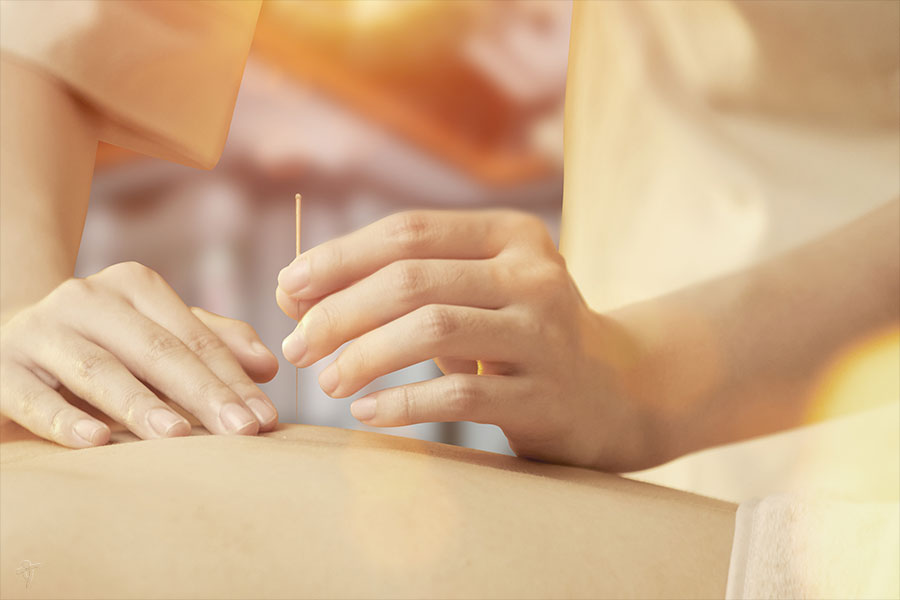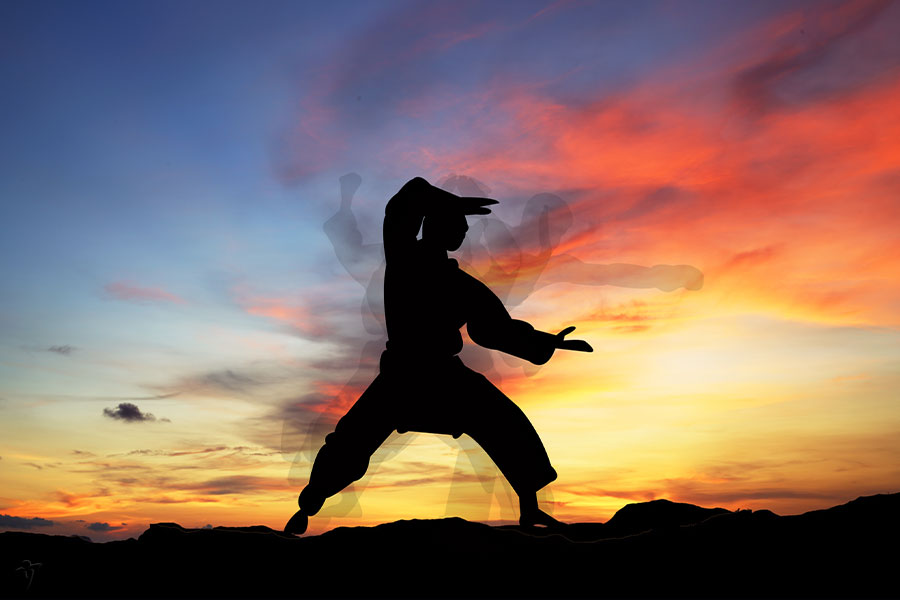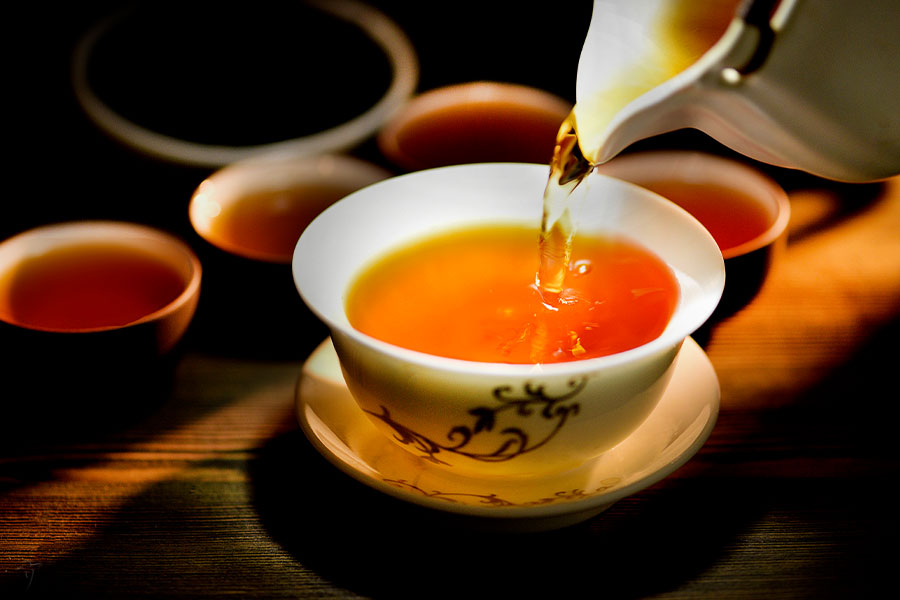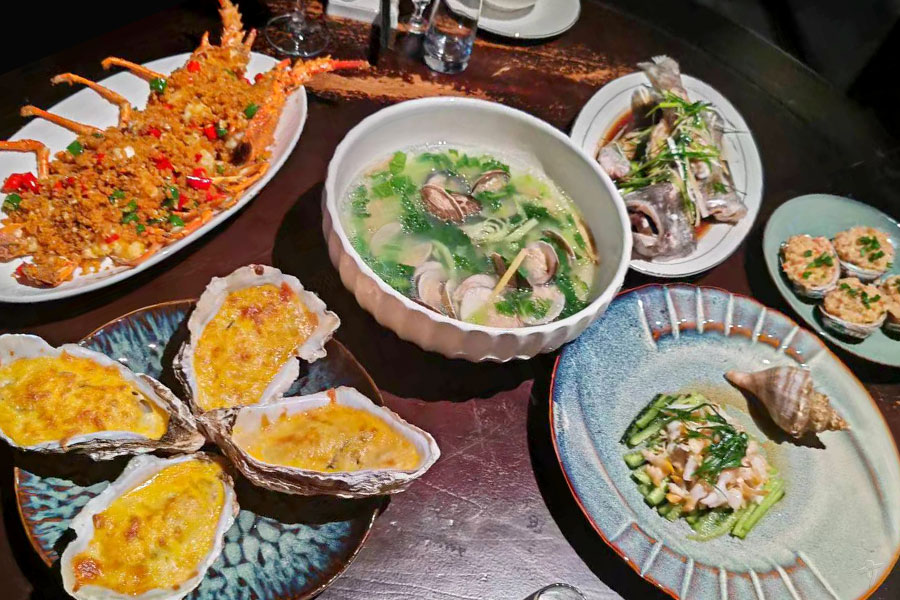Common Therapies of TCM

a. Herbal Ingredients
Nowadays Chinese herbal medicines can be classified into two: raw herbal ingredients and Chinese patent drugs.
Raw herbal ingredients (usually sun-dried herbs as well as animals such as snake gall, minerals such as magnetite, ostracum such as pearls, etc) are available in private TCM clinics, pharmacies and hospitals. People can decoct them with water and drink the decoction following the doctor's advice. Due to natures and characters of different medicinal herbs, the decocting time and decocting methods may vary. Therefore, people should pay attention to that to gain the best curative effect while decocting.
By contrast, Chinese patent drugs (decoction, pills, electuary, pulvis, vinum, troche, syrup, electuary, medicinal tea, etc) are more convenient, as they have usually been processed by modern medical technology and patients can take them directly. Generally speaking, herbal therapy is most widely used among all of the TCM treatments.
b. Acupuncture and Moxibustion
Acupuncture is a traditional Chinese medical treatment of pain or disease by inserting the tips of needles at specific points on the skin, while moxibustion treats patients by burning moxa strips or moxa cones above the skin to warm specific acupoints up to regulate the qi and blood of the body.
Clinically, acupuncture and moxibustion are adopted on different acupoints according to the pathogenesis diagnosed by traditional Chinese medical treatment. As a miraculous part of TCM, the acupuncture-moxibustion therapy has been spread to the world early in the 6th century.
There is a story between this old treatment and James Reston, former director of New York Times, who was sent to Beijing for covering news in July of 1971. During his stay in Beijing, Reston had a successful appendectomy but felt pain on the next day. With his permit, Doctor Li, who is an expert of acupuncture and moxibustion, treated Restonby acupuncture and moxibustion therapy. Unimaginably, Reston’s symptom eased and never relapsed after that. Returning to the USA, this famous journalist published an article about his personal medical experience in China, which made this old Chinese medical treatment known in his country.
So far, acupuncture and moxibustion have been used in over 120 countries and regions; in addition, acupuncture and moxibustion organizations, educational institutions and research institutes (such as Medical College of Paris University) were set up in the world. It is reported that acupuncture and moxibustion therapy is effective at 307 diseases, of which over 100 get significant effect. In 1980, 43 diseases were recommended to use the therapy by the World Health Organization (WHO). Then in 1987, the World Federation of Acupuncture and Moxibustion Societies (WFAS) was established in Beijing, which marks acupuncture and moxibustion is officially notarized as a part of world medical community. On November 16th, 2010, this therapy was listed as “Intangible Cultural Heritage” by the United Nations Educational Scientific and Cultural Organization (UNESCO).
c. Massage
Massage refers to series of techniques by hand that press on one’s injured parts or specific acupuncture points. It originated and accumulated from daily life in the ancient age and was improved for thousands of years. In Sui and Tang dynasties (6th-10th century), colleges had been set up to provide professional trainings of massage. Nowadays, it has become an important content of TCM with long development. For patients, it is helpful for easing the local symptom as well as accelerating the recovering; and for normal people, it is also a good way to exercise and build up resistance. Being naturopathy (physical therapy), it is widely accepted by more and more people due to its simple and convenient methods, favorable therapeutic effect and no side-effect.
At present, massage has been getting more and more attention and spreading to the USA, UK, Italy, France, Sweden, Spain, North Korean, Japan, Philippines, Singapore, Thailand, Vietnam, Malaysia, India, Argentina, and so on.
d. Cupping
Being physiotherapy as well as acupuncture and moxibustion, cupping is one of the most effective TCM treatments that can be applicable to children. Just as its name implies, this therapy has the aid of cups – commonly bamboo cups, ceramic cups, heat-resisting glass cups, red copper cups, horn cups, and so on.
The process of cupping is putting flaming specific materials into a specialized cup and then pressing the mouth of the cup on specific acupuncture points or infected parts. According to modern medicine, the negative pressure producing from the heating cup can impel the hyperemia of partial blood capillaries, rupture erythrocytes and create extravasated blood and hemolysis, which are helpful to produce some histamine, make the histamine circulate in the body, stimulate and activate organs and enhance one’s immunity.
The “Fifty-two Therapies” unearthed in the Mawangdui Han Tomb, which is the oldest Chinese medical book written during the Spring and Autumn Period and Warring States Period, has noted about horn cupping in ancient China. Also, many other historical books and records show that animal horns were the common cupping tool in ancient China which proves that cupping had been used in China at least since 6th – 2nd century BC.
e. Dietotherapy
Dietotherapy is a special therapy making use of food (grain, meat, fruits, vegetables, etc.), to prevent or cure diseases. Different from drug therapy and ordinary diet, not only can it provide enough nutrition that a human body needs but also it produces little side-effect to the body. According to TCM theory, the imbalance of Yin and Yang is one of the reasons why human beings get weak. With observation and experience for a long time, doctors in ancient China realized that some food were effective for curing some symptoms and could strengthen physical health. Therefore, special natures of foods were summed up and used in TCM. In China today, many people especially the elders still persevere in it together with Tai Chi to build their bodies.
f. Skin scraping
Skin scraping is one of the traditional Chinese nature therapies basing on TCM cortex theory. Adopting this treatment, people can scrape on the skin with ox horns, jades and some other specific objects which can help to expand blood capillary, increase the secretion of sweat glands, and boost blood circulation. It gets effect instantly on hypertension, sunstroke, muscle ache, etc. This therapy is seen as a good way to relieve fatigue and increase immunity.
Recorded in the medical book “Shi Yi De Xiao Fang” written in 1337 by Wei Yilin, a medical scientist of Yuan Dynasty, skin scraping has developed to be a popular therapy turned out to be effective for about 400 diseases of internal medicine, surgery, gynaecology, andriatrics, paediatrics, dermatology, traumatology, ophthalmology, and so on.
g. Qigong
Qigong is an old Chinese exercise with body movement, breathe and consciousness adjusting. Four thousands of years in China it has been being treated as a way of body building, preventing and curing diseases, and potential developing. Containing a wide range of classes, Qigong can be split into two types: dynamic exercise and static exercise.
Usually, dynamic exercise indwells in Chinese martial arts, which is commonly known as Kungfu or Wushu; while static exercise stresses on sitting in meditation without tense muscle - the introduction of Tai Chi (taijiquan, a kind of traditional Chinese shadow boxing) and Ving Tsun (yongchunquan, a kind of traditional Chinese Kungfu originating from south China) is of this type.
h. Psychotherapy
In TCM, autosuggestion, heterosuggestion, singing, dancing or other relaxation exercises can also be used to influence patients’ psychological states and alter their emotional disorder so that they can maintain a state of good mood, which is considered to be an important role in treatment.
Related Readings
Top Topics

Chinese Kung Fu
Far and wide known as Kungfu (功夫) all over the world, Chinese martial art is also called Wugong (武功) or Wushu (武术) at home by Chinese people. It ca...

Chinese Tea
Being a vivid Chinese cultural specialty as well as Kungfu and traditional Chinese medicine, Chinese tea has been being developed in China for a lo...

Chinese Cuisine
"Food is the first necessity of the people" is a famous Chinese old saying, which reflects that Chinese have had paid much attention to food si...




